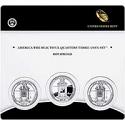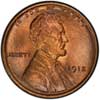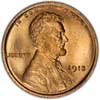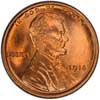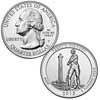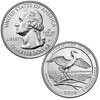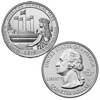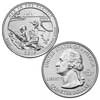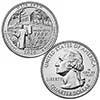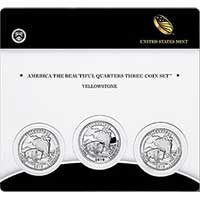
Finally, in 1871, naturalist F.V. Hayden led a group into the region armed with a photographer and a painter. Utilizing detailed scientific notes along with the large format photographs and paintings of Yellowstone, Congress was persuaded to remove the region from public auction and President Ulysses S. Grant signed the law creating Yellowstone National Park in 1872. This simple, yet profound act marked the first time a park area was created for the protection of its natural resources and for the enjoyment of all the citizens of the country.
Gradually more visitors were drawn to Yellowstone and with the help of the Civilian Conservation Corps in the 1930's many of the facilities of the area were built like the campgrounds, roads and visitor centers. These improvements made visiting the 2.2 million acre park much more enjoyable.
Today, it is estimated that over 3 million people visit the park each year, many of them utilizing the in-park hotels and cabins.
The area is abundant with wildlife and picturesque scenery, but it is most noted for being riddled with geothermal features. Most famous of these is the Old Faithful Geyser which erupts regularly (usually between one hour and 1.5 hours).
The reverse image features the Old Faithful geyser with a mature bull bison in the foreground. Inscriptions are YELLOWSTONE, WYOMING, 2010 and E PLURIBUS UNUM. Design candidates were developed in consultation with representatives of Yellowstone National Park.
Mintage:
| Philadelphia | Denver | Clad Proof | Silver Proof | 3 Coin Set |
| 33,600,000 | 34,800,000 | 1,402,756 | 859,435 | 22,067 |

